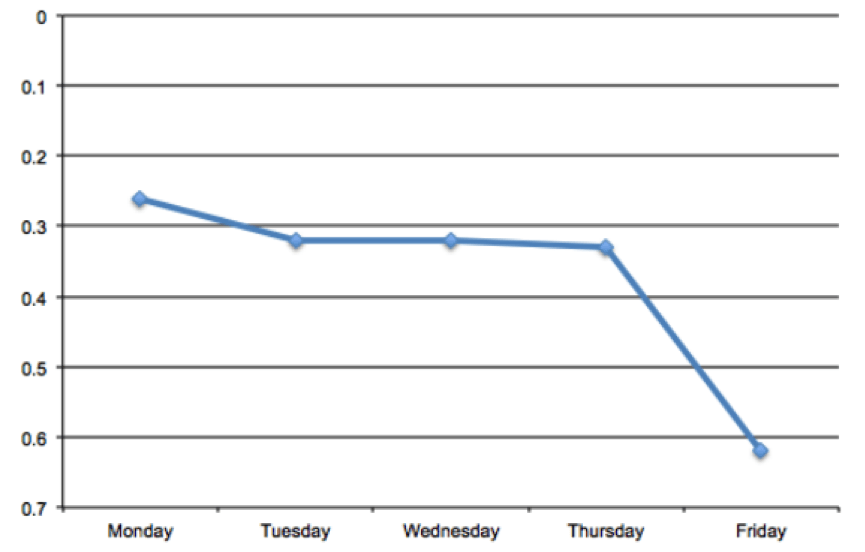In the previous two parts of this series, we covered HRV and inflammation and chronic diseases but although a few people claim to thrive on it, the biggest source of long term stress that many of us experience will be at work.
Who, what and why?
Dr Stacey Parker & Karly Head from the School of Psychology, University of Queensland, Australia, specialists in understanding & reducing workplace stress decided to investigate how work affected individuals in both psychological and physiological respects. In addition they wanted to find out what kind of coping strategies people employ to help recover from daily work stressors.
What did they do?
They enrolled 72 healthy people from a range of full time occupations, had them complete questionnaires assessing their work experiences, leisure activities and stress coping strategies. The participants also wore monitors capable of recording HRV for a whole working week, and completed diaries recording work hassles, uplifts, recovery activities and sleep quality.
What did they find?
Work events were recorded just before lunch and going home time each day in the following categories:

Goal attainment was the most frequent uplift, whilst goal frustration was the most frequent hassle. The pattern did not change much throughout the working week, except that goal attainment occurred more frequently on a Monday.
Internal coping strategies were used quite frequently whilst seeking support from others was used less often as follows:
Planning was used more often on a Monday compared to the rest of the week.
HRV was calculated for morning & afternoons every day of the week. This was expressed as log(LF/HF), so if you are used to thinking of more HF or RMSSD HRV as better, you need to view the chart upside down. This means that morning HRV was lower than afternoon, and that HRV decreased towards midweek, reflecting times of pressure and stress, then rose towards the weekend in anticipation of leisure & recovery.
The researchers also found that engaging in more planning and positive reappraisal were associated with more goal attainment, positive interactions and higher HF HRV scores, which means these daily uplifts made people feel more relaxed.
Conversely, the more people used emotion suppression as a coping strategy, the more draining this was for them physiologically as assessed by the impact on their HRV.
Participants’ HRV was also assessed during sleep, and seemed to reflect accumulating stress during the week, with quality rated objectively as highest on Monday and lowest on Friday.
What does it mean?
Whilst none of the findings are dramatic, this study is a well-presented underpinning of the relationship between work place (mental & emotional) stress and physiological stress, as assessed using continuous HRV measurement.
What is also interesting is that positive coping strategies and physical activity do help people deal with inevitable stress at work, whilst passive recovery such as watching TV in the evenings does not lead to improved sleep quality or recovery.
The complete report is available freely online and is recommended reading for anyone who wants to understand the findings in more detail. It also contains a number of tips for reducing stress which we will summarise in the next Tuesday Tips.
References
Results of the Heart Rate Variability and Recovery from Work Stress Study.Dr Stacey Parker and Karly Head June 2015:



